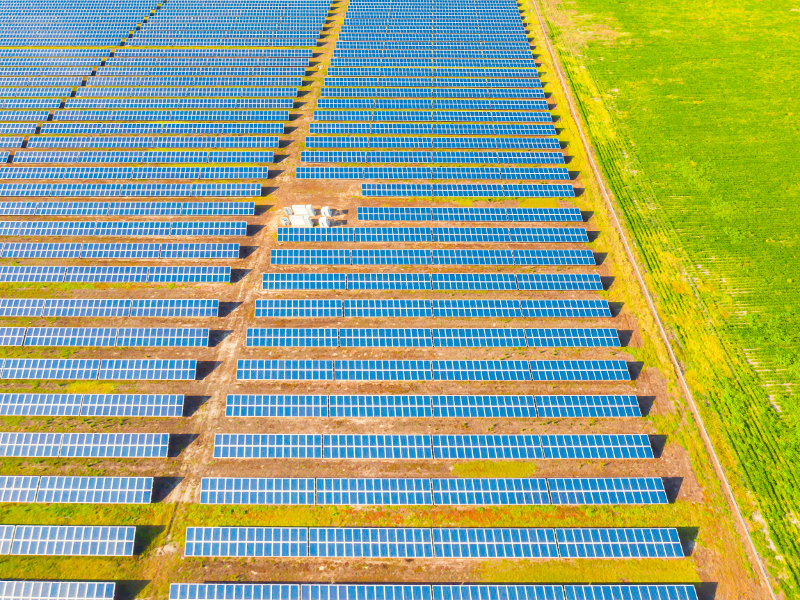Hedges
I See Electromagnetic Fields!
- Joined
- Mar 28, 2020
- Messages
- 20,761
The big downside is people drive their cars to work and they don't sit on chargers then when solar can resupply them. Then, worse, they drive their depleted EVs home arriving at 6 and plug into the grid to recharge thus increasing the high demand problem. To fix that, they need to be able to charge during the day, they need to arrive home at 4, then discharge to the grid and have enough power to make it back to work the next day. Not saying it can't work, but the model doesn't fit the current average work model and most people like a fuel reserve.
Plugged into a 120V 15A outlet while at work and while at home would cover quite a bit.
Communication (e.g. pagers receiving broadcast of requested charge discharge rates or statistical probability to enable full rate charge/discharge) could control them.
Time of use rates and timers should shift evening charging to night time.
Other loads (thermostats) could similarly be controlled to shave peaks and fill valleys.
Thermal storage would be effective too, but more bulky equipment to be installed.



